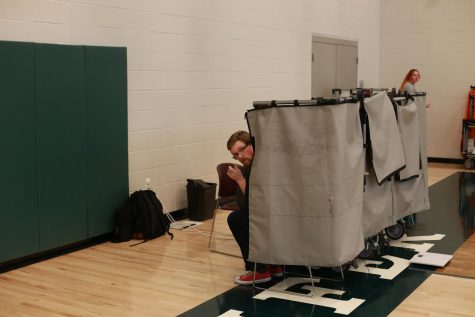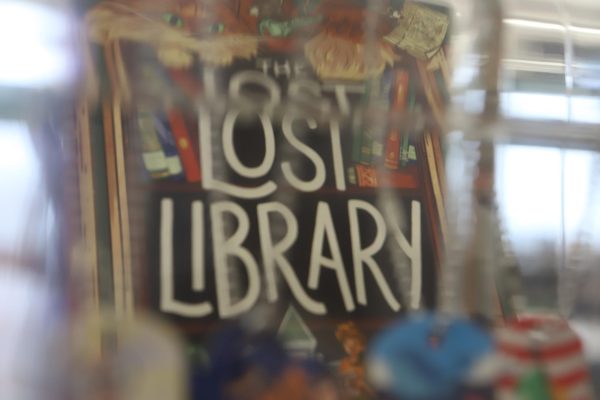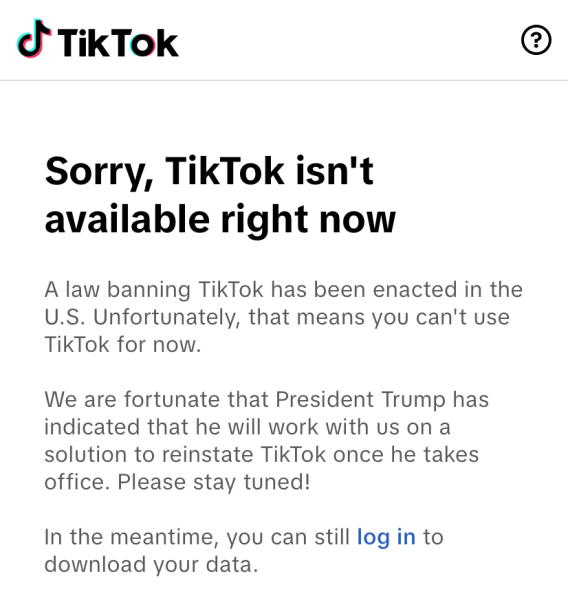Blood Drives Lives
Conifer High School’s HOSA hosted a blood drive on November 2nd in the auxiliary gym using Vitalant Blood Donation.
Senior Eric Waisanen gets checked on by a nurse while donating blood. Vitalant had a blood drive in the auxiliary gym on November 2nd. HOSA sponsored this event and their members were present at the event handing out cookies and water to the post-donation students.
On November 2nd Conifer High School hosted its annual blood drive in the auxiliary gym. Participants had to be 17 or older and meet all donation requirements. These include height and weight ratio as well as medicine and recent travel requirements.
According to Vitalant, every blood donation is used to save three lives in various trauma and surgical situations. One out of every 7 patients who enter a hospital will end up needing blood, and hospitals use around 6,000 units of platelets and 6,000 units of plasma every day. To meet this need 10,000 people must give blood every day.
“Every surgery you could think of has a possibility of needing blood, especially trauma surgeries. It can truly save someone’s life, it makes it a matter of life or death,” HOSA president and senior Ella Genender said.
HOSA members were present at the event to check participants in and hand out cookies and water after people completed their donations. After students were checked in, workers at the event tested students’ iron levels (participants can ask about their blood type at this time) and then began extracting blood. The whole donation takes around 15 minutes, during which a pint of blood is collected.
“My sophomore and junior year I donated blood because I was old enough to donate at that point,” Genender said. “The people there are so kind and they’re so willing to work with you, they understand that some people are more nervous about it and some people are okay with it, they’ll adjust to how comfortable you are.”

Genender isn’t the only repeat donor this year. Teacher Owen Volzke was also present at this week’s blood drive. This time he opted for double red donation, a type of blood donation that takes the platelets and plasma but returns the rest of the fluid to the donor.
“I have always liked donating blood. It’s nice to give back to the community, especially because they’re always in need of blood,” Volzke said.
Blood donations become especially important this time of year, according to Business Development Representative Kathy Frahm.
“We’re in such a great need right now because people don’t tend to donate blood over the holidays and high schools are a huge part of donations,” Frahm said.
Frahm has been in her role for nearly seven years. She helps high school clubs (i.e. HOSA) to organize and host blood drives. She was present at Tuesday’s event, helping students check in, providing snacks for those waiting to donate, and catching the pale-faced post-donation participants.

“The blood banks need the blood and I want to help students become lifelong donors,” science teacher Christine Stricker said, “Having them donate in a safer environment that they feel more comfortable in, I’m hoping that it makes them want to donate forever.”





